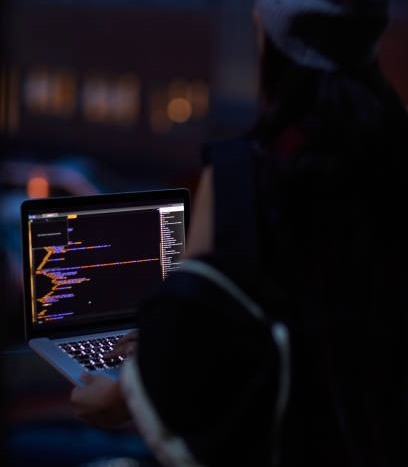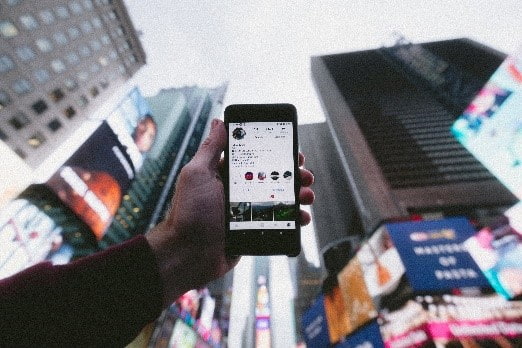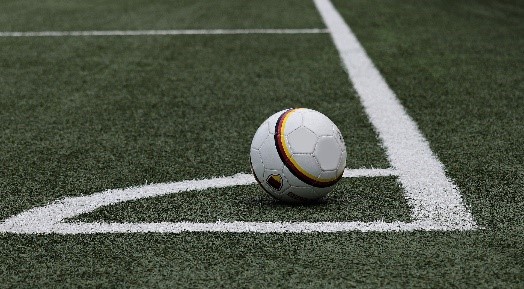Online Trademark Protection
 Monitoring, protecting and promoting your trademarks online: these are the core business activities of the Dreyfus law firm.
Monitoring, protecting and promoting your trademarks online: these are the core business activities of the Dreyfus law firm.
Our team assists you to anticipate, secure and optimize your trademarks, allowing you to enhance your business.
A successful trademark registration does not mean that your trademark is automatically protected. Nonetheless, your trademark has an undeniable business value and as such warrants to be monitored and defended. One of the important issues is that public entities such as the INPI, EUIPO or WIPO are not required to notify prior trademark owners when a third-party applicant files an application for a similar or identical trademark. Since these organisms do not assess whether trademark applications are likely to infringe earlier trademarks, it is up to the applicants to perform a prior art search. In other words, careful trademark monitoring is very important for an optimal and durable protection of your trademark. However, identifying risks and responding accurately, effectively and timely to potential harms is not always obvious.
That is why the Dreyfus team helps you monitor and protect your trademarks online. First, we detect potential infringements, then we inform you in due time when a (strongly) similar or identical trademark is filed.
Thanks to our innovative Dreyfus IPweb® solution, we are able to monitor and automatically detect trademark filings that are identical or similar to yours and to take steps against any potential infringement before a similar trademark enters the market. IPweb® provides direct access to a company’s domain name monitoring services. It covers all social media networks such as Facebook, Twitter, Instagram, and LinkedIn, as well as advertising platforms such as Google AdWords. Your trademarks are constantly monitored and you will be swiftly alerted in the event of a breach.
After assessing the similarity of the signs and the products and services in question as well as your chances of success, we will inform you immediately and, if necessary, advise you on the steps that should be followed. As it is better to be safe rather than sorry, it is important to act as quickly as possible and to contact the third-party applicant at an early stage, by sending him a warning, a letter of formal notice or even by filing an opposition against the trademark application to ensure that the said applicant uses an alternative name for his/her products and/or services.
Detecting potential trademark infringements and securing your trademarks online
We report potential trademark infringements on the Internet and social networks and we provide you with personalized advice regarding your portfolio management strategy, including weaknesses that could hinder the development of your (digital) business and give rise to possible litigation.
In this regard, we offer you appropriate and personalized strategies to anticipate dangers, such as online fraud (i.e. phishing, fake websites, identity theft, forged emails, etc.) which requires immediate action as it can be significantly damaging to the image and reputation of your trademark and may generate a financial loss.
For compliance purposes, we can help you put in place a strategy to prevent any breach caused by domain names. This includes – in addition to monitoring your trademark among Internet domain names – monitoring of your trademark on other social networks (such as Facebook, Twitter, LinkedIn, Instagram, YouTube, Snapchat) to detect and respond appropriately to any new breach.
With our intuitive platform, Dreyfus IPWeb®, we allow our clients to have access to – and closely follow their trademark files online. Moreover, our clients have access to the results of the performed surveillance on trademarks, domain names, corporate names or social networks. With these trace and control tools, we help you restructure the management of your trademark portfolio in an easy and accessible way.
Online trademark audits
The next step consists of performing a trademark audit. It is a crucial step to get a global and transversal view of the potential value of your trademarks and to anticipate risks such as conflicts regarding ownership, the loss of rights on an unused trademark or the expiration of your trademark rights. With thorough online trademark evaluations, we will bring to light potential harmful situations and assess the risks and opportunities in relation with your trademark. Besides, trademark audits become important assets when negotiating licensing or assignment agreements.
Furthermore, the Dreyfus team offers you personalized recommendations to strengthen your trademark rights. The online assessment and promotion services offered by the Dreyfus team will allow you to have an accurate and global overview of your situation, from a legal, commercial and technological perspective.
(Pre)litigation
The Dreyfus law firm assists you with the defense and enhancement of your rights and helps you resolve your disputes efficiently, quickly and amicably. With its detailed knowledge of trademarks in the digital environment, our team helps you settle your disputes online, out-of-court and in a confidential, strategic and efficient manner. Thanks to its know-how and its many clients, the Dreyfus team follows continuously and closely ongoing issues and has an increased vision of current and future risks.
The Dreyfus team will help you successfully defend and enhance your trademark rights and will assist you with the resolution of disputes, infringement actions, problems relating to domain names, as well as during mediation and arbitration procedures. Have you discovered a website that infringes on your trademark? Do you have a French or European Union trademark or an international trademark having effect in France or in the European Union and would you like to file an opposition to an application for registration of a French trademark or an international trademark having effect in France?
Dreyfus & Associates assists you in effectively and rapidly defending your rights. In this regard, we help you introduce an opposition procedure before the INPI to prevent the registration of a trademark that infringes on your prior rights. We also assist you in initiating an out-of-court settlement procedure before the WIPO Arbitration and Mediation Centre, including the resolution of national and international domain name disputes.







 The Internet has changed the way we do business. From now on, advertising agencies are no longer the only ones to promote their client’s products; influencers have become the privileged interlocutors of brands wishing to make their products successful. If this approach does not seem abnormal, legal actions are flourishing against these people, for trademark infringement.
The Internet has changed the way we do business. From now on, advertising agencies are no longer the only ones to promote their client’s products; influencers have become the privileged interlocutors of brands wishing to make their products successful. If this approach does not seem abnormal, legal actions are flourishing against these people, for trademark infringement.


